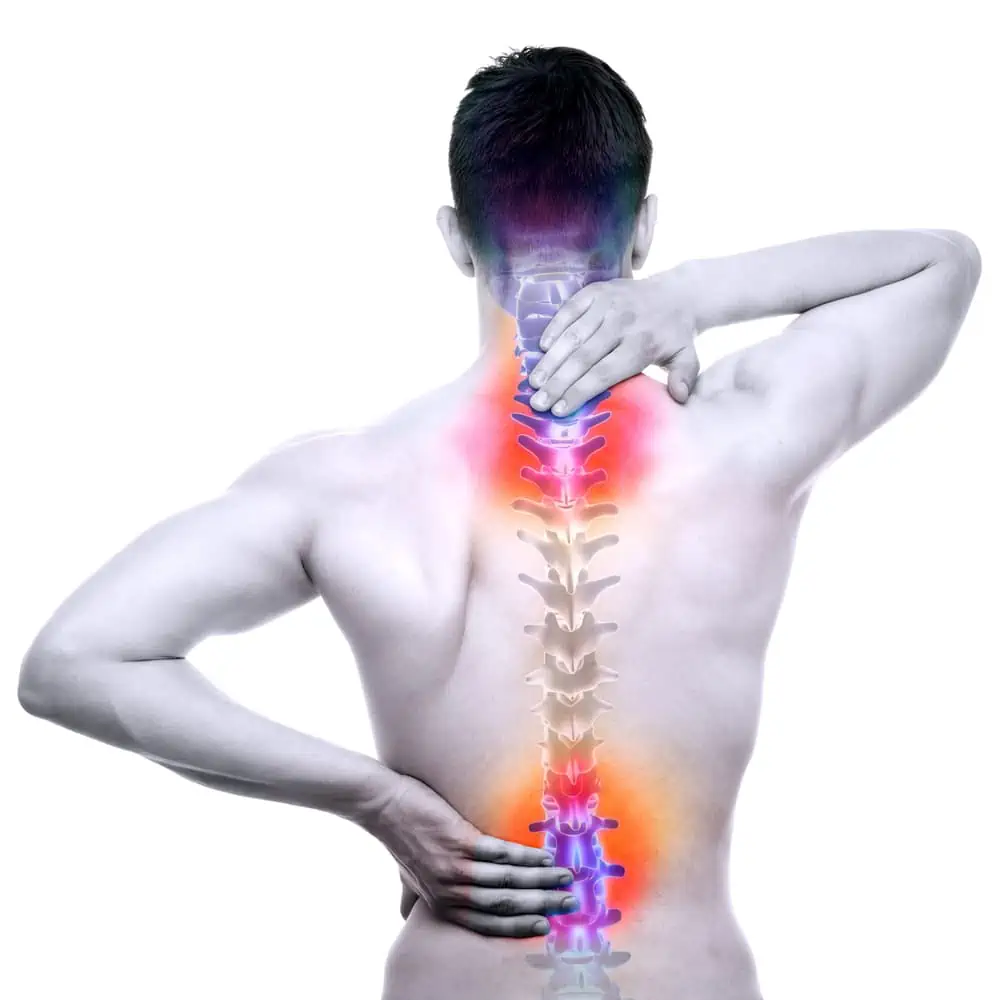Diabetic Neuropathic Pain Symptoms:
Patients can experience diabetic neuropathic pain from damaged nerves that can feel like sharp pain, burning, tingling or numbness in the arms/hands and legs/feet.
Diabetic Neuropathic Pain Causes:
Diabetic neuropathic pain is caused when there is a prolonged exposure to high blood sugar/glucose levels, causing nerve damage in the body. Other factors that may contribute to diabetic neuropathic pain include inflammation, genetic factors, smoking and alcohol abuse. There are different types of diabetic neuropathy causing different types of pain symptoms. You may have more than one type causing more than one type of diabetic neuropathic pain symptom as well. Most of the diabetic neuropathic pain symptoms do develop gradually and may not be noticeable until significant nerve injury is present. The different types of diabetic neuropathy are listed below.
- Numbness.
- Tingling and burning sensations that may be worse at night.
- Decreased ability to feel pain in the feet causing unnoticed injury that can progress to infections. Commonly, patient can develop ulcers and infection causing deformity and bone and joint pain.
- Pain with movement.
- Allodynia or pain to light touch.
- Weakness.
Mononeuropathy also called Focal Neuropathy: This is typically seen more commonly in older adults. The pain symptoms from this condition can occur suddenly but tends to improve and resolve over a period of weeks to months. A specific nerve gets injured, often in the head, torso or leg, but there usually is no associated long-term injury. The pain symptoms of mononeuropathy include:
- Double vision, difficulty focusing, pain in one eye.
- Paralysis on one side of the face (Bell’s palsy).
- Pain in specific area of the leg, thigh or foot.
- Chest or abdominal pain that can sometimes be mistaken for a heart attack or appendicitis.
Diabetic Proximal Neuropathy: This also goes by many other names including radiculoplexus neuropathy, diabetic amyotrophy and femoral neuropathy. This condition is usually seen in patients with type 2 diabetes and older adults as well. Pain is usually one sided, although both sides can be affected, and in the proximal limb which are the thighs, hips or buttock region. The diabetic proximal neuropathy pain symptoms include the following:
- Pain in the hip, thigh or buttock region.
- Weakness in the thigh, hip and buttock areas usually seen as difficulty standing from sitting position.
- Atrophy of the thigh and hip muscles.
- Weight loss.
Autonomic Neuropathy: The autonomic nervous system is responsible for controlling your heart, lungs, stomach, intestines, bladder, eyes and sex organs. Poorly controlled diabetes can affect the nerves to these areas causing a variety of symptoms depending on which systems are involved:
- Inability to adjust blood pressure leading to “blackouts”, lightheadedness upon standing from sitting position (orthostatic hypotension).
- Bloating due to slow stomach emptying (gastroparesis) leading to nausea and vomiting.
- Heartburn.
- Diarrhea, constipation or a combination of the two.
- Increased or decreased sweating due to decreased ability to regulate body temperature.
- Bladder problems such as frequent urination, incontinence and infections.
- Erectile dysfunction in men and vaginal dryness in women.
- Vision problems.
Diabetic Neuropathic Pain Risk Factors:
People with diabetes can develop nerve problems at any time, but the risk for damaged nerves rises with age and with poor control of blood sugar levels with diabetes. Other diabetic neuropathic pain risk factors include kidney disease and smoking.
Testing:
Testing for diabetic neuropathy is done based on diabetic neuropathic pain symptoms, medical history and a physical exam. Things like muscle strength and tone, sensitivity to touch, deep tendon reflexes, temperature and vibration are likely to be checked for by your physician.
Diabetic Neuropathic Pain Management Treatment Options:
Early diagnosis and treatment offer the best chance for diabetic neuropathic pain management and preventing more-severe problems, although there is no known cure for the condition. Some things you can do to help slow nerve damage include keeping blood pressure and glucose levels under control, maintaining a healthy diet and weight, getting plenty of physical activity, avoiding alcohol and smoking cessation. Regular follow up with your primary care physician to optimize your health conditions is highly recommended to prevent and maintain diabetes related symptoms. If you do have diabetic neuropathic pain symptoms, there are a number of diabetic neuropathic pain management and treatment options that may help with pain management or eliminate the painful symptoms you may experience:
- Biofeedback
- Acupuncture
- Neurostimulation Therapy
- Massage Therapy
- Physical Therapy/ Chiropractic Care
- TENS Unit (Transcutaneous Electrical Nerve Stimulation)










